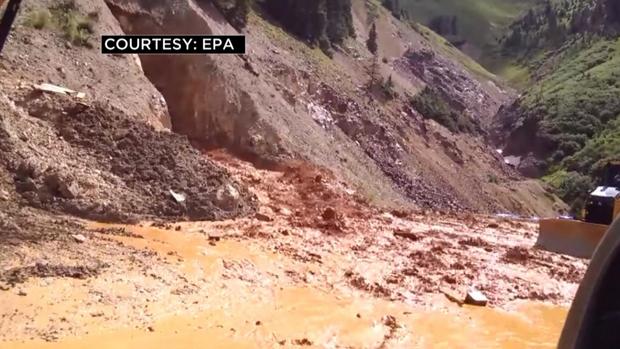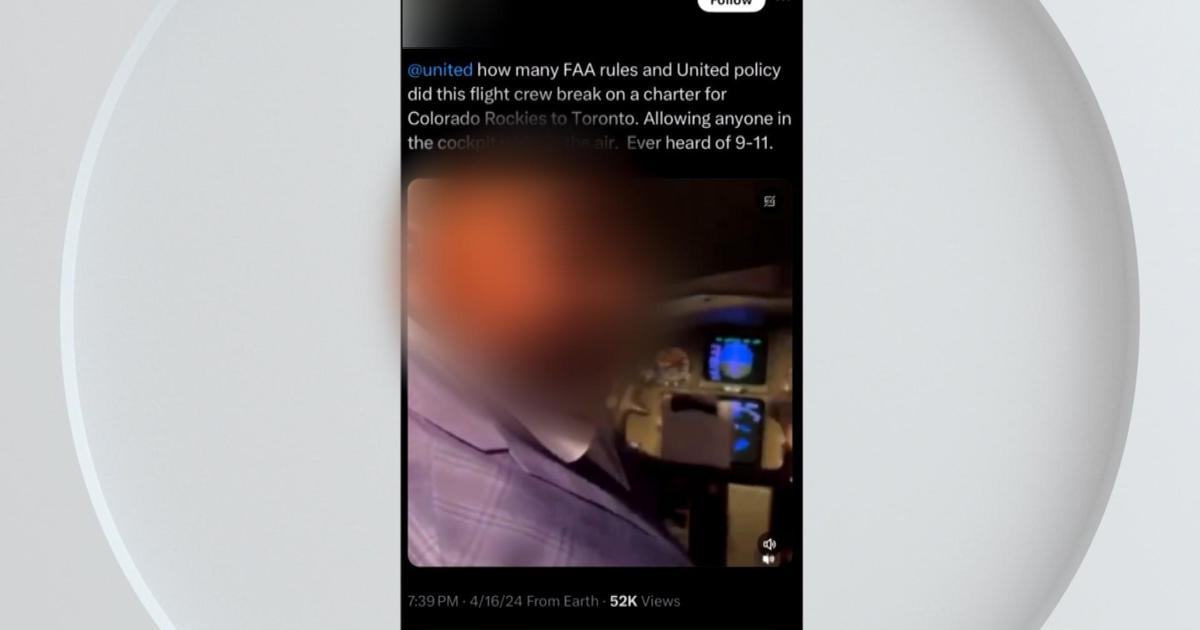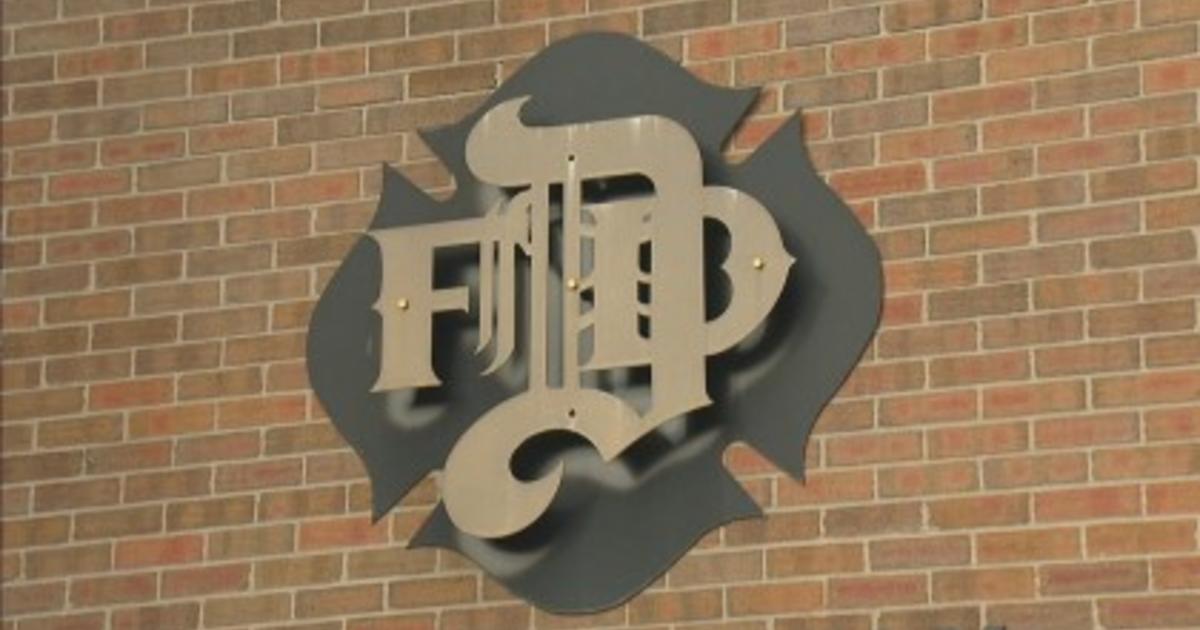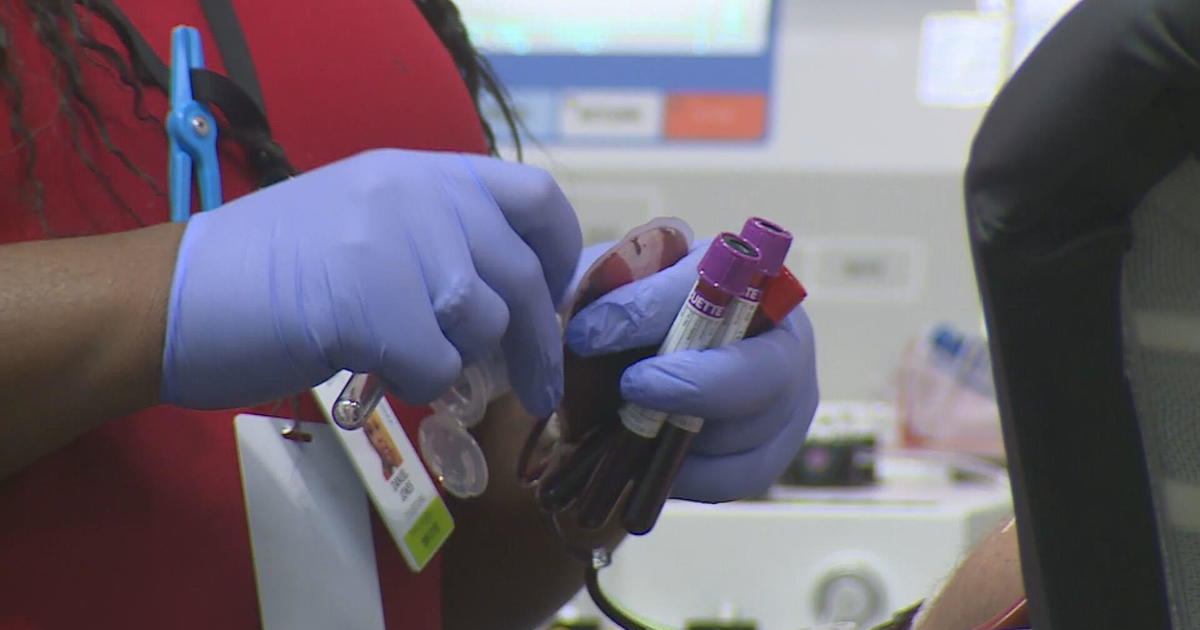Investigators: EPA Had No Rules For Working At Risky Mines
DENVER (AP) — The U.S. Environmental Protection Agency had no rules for working around old mines when the agency inadvertently triggered a massive spill from a Colorado mine that polluted rivers in three states, government investigators said Monday.
The agency started work on safety standards after the spill and expects to finish them Friday, investigators from the EPA's Office of Inspector General said.
An EPA-led contractor crew was excavating at the inactive Gold King Mine in southwestern Colorado in 2015 when a debris pile blocking the entrance collapsed. That released 3 million gallons of wastewater tainted with iron, aluminum, lead, copper, arsenic and other heavy metals into rivers in Colorado, New Mexico and Utah. Native American tribes in those states were also effected.
State, tribal and federal officials have criticized the EPA for not taking more precautions, such as drilling into the mine to determine how much water was pent up inside.
Like previous investigations, the inspector general's report said the EPA knew the Gold King — one of scores of inactive mines in the mountains around Silverton, Colorado — posed a risk of a blowout. Even before the Aug. 5, 2015, spill, the mine was spewing out 200 gallons of wastewater per minute, or about 3 million gallons every 10 days, the report said.
Despite the risk, the EPA had "no specific standards for the level of care to be taken or how to assess a collapsed mine portal," the report said. It said the EPA gives its employees in charge of such operations, known as on-scene coordinators, wide latitude in deciding how to work on old mines, and that both coordinators assigned to the Gold King were experienced and highly trained.
The inspector general's report disputed one key element in a previous review of the Gold King spill, by the U.S. Bureau of Reclamation, which was assigned to conduct an independent, outside assessment of what went wrong.
The Bureau of Reclamation said the EPA-led crew was attempting to insert a drain pipe through a debris pile blocking the entrance of the mine, and that the on-scene coordinator had pushed that work ahead despite the reservations of the other on-scene coordinator, who was not present that day.
But the EPA inspector general said the crew was excavating loose rock around the mine entrance to see if the underlying rock was solid, not trying to insert a drain pipe. The inspector general said the crew did only work that had been planned for that day and was not rushing the schedule.
Bureau of Reclamation spokesman Peter Soeth said he could not comment on the discrepancy, but he said the bureau stands by its version of events. EPA officials did not immediately respond to a request for comment.
The inspector general said the Bureau of Reclamation engineer who lead the review "created the appearance of a lack of independence" because he had worked with EPA on plans for other mines near the Gold King. The engineer, who was not identified by name, was also scheduled to consult with EPA on the Gold King just 10 days after the blowout, and had gone to the scene to help stabilize the mine afterward.
But the inspector general concluded the Bureau of Reclamation's report was still independent. "Bureau of Reclamation reviewers indicated they were able to do their work without any interference," the inspector general report said.
Soeth said the bureau disclosed the engineer's activities in its review, released in October 2015, and that bureau officials had no doubt about his independence.
The EPA inspector general also reviewed how the agency went about notifying state, local and tribal authorities after the spill. Some officials complained they learned about the spill hours afterward, and others said they never heard directly from the EPA.
The inspector general concluded the EPA had complied with all of its own rules for notifying downstream river users, but noted that the agency had taken steps to improve communications.
The report was at least the sixth review of the Gold King spill, including three by the EPA, one by the Bureau of Reclamation and one by federal prosecutors, based on information from the EPA inspector general.
The U.S. attorney's office in Denver declined to charge anyone in connection with the spill, even though the EPA said last year it gave prosecutors evidence that an EPA employee may have violated the Clean Water Act and given false statements. The employee's name wasn't released.
By DAN ELLIOTT, Associated Press
(© Copyright 2017 The Associated Press. All Rights Reserved. This material may not be published, broadcast, rewritten or redistributed.)




